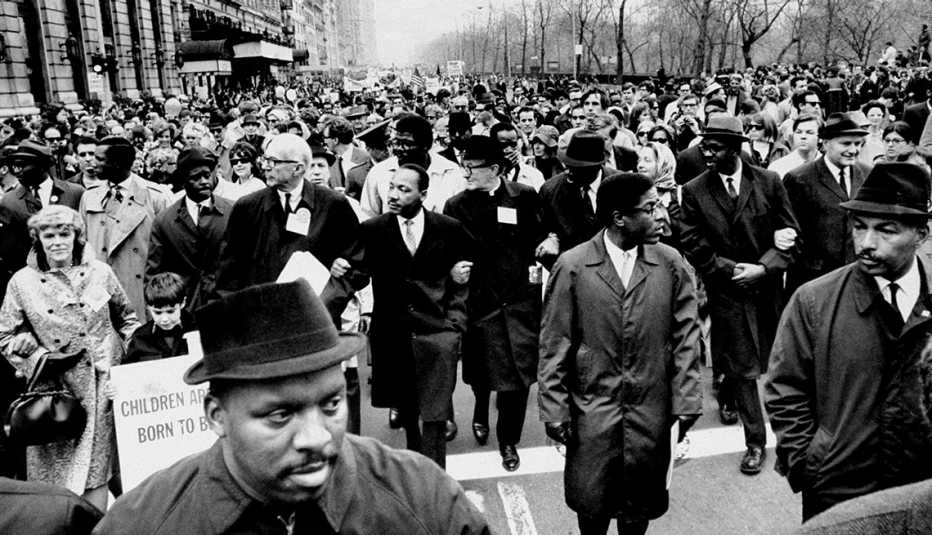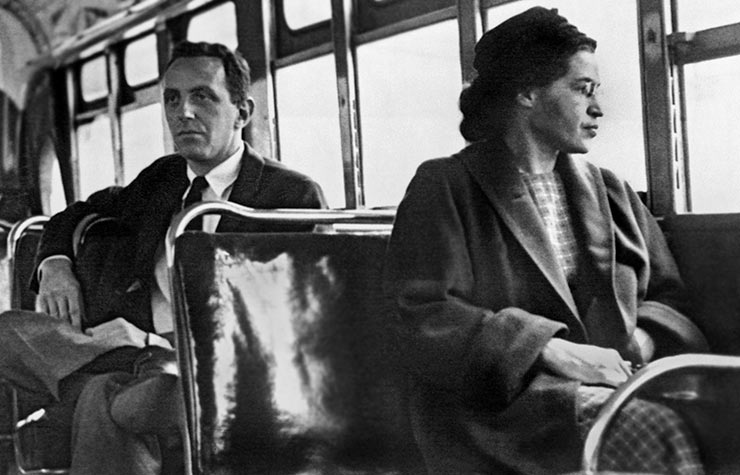AARP Hearing Center
The 1950s and '60s were the height of the civil rights movement and the continued struggle for social and racial justice for African Americans in the United States. The Civil War abolished slavery, but it did not end discrimination. African Americans, along with help from many white colleagues, mobilized and began an unprecedented journey for equality. Here are the major boycotts, movements and marches instrumental in bringing social change during the civil rights movement.
1. 1955 — Montgomery Bus Boycott


This boycott was born after Rosa Parks was arrested for refusing to give up her seat on a bus in Montgomery, Ala., to a white male passenger. The next day, Dec. 1, 1955, the Rev. Martin Luther King Jr. proposed a citywide boycott against racial segregation on the public transportation system. African Americans stopped using the system and would walk or get rides instead. The boycott continued for 381 days and was very effective. In June 1956, a federal court ruled that the laws in place to keep buses segregated were unconstitutional, and the U.S. Supreme Court eventually agreed. The Montgomery bus boycott was one of the first major movements that initiated social change during the civil rights movement.
2. 1961 — Albany Movement


This movement protested the segregation policies in Albany, Ga. Many groups took part in the Albany movement, including the Student Nonviolent Coordinating Committee (SNCC), the National Association for the Advancement of Colored People (NAACP), local activists and King's Southern Christian Leadership Conference (SCLC). King’s goal was to offer counsel rather than become a participant, but he was jailed during a demonstration and was given a sentence of 45 days or a fine. He chose jail to push for change but was released three days later. Some concessions were made to the coalition, but the movement eventually disbanded after nearly a year of protests without accomplishing its goals.
3. 1963 — Birmingham Campaign




































































